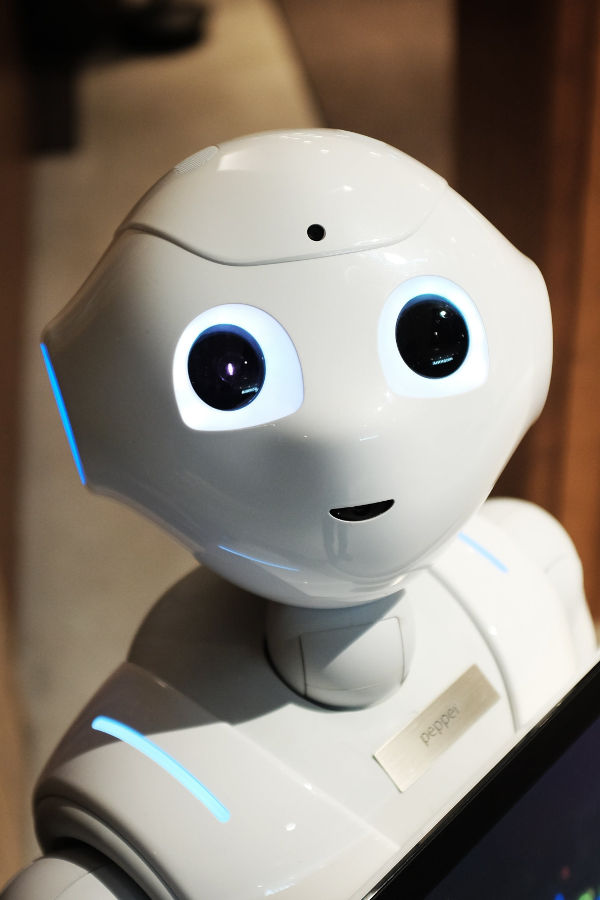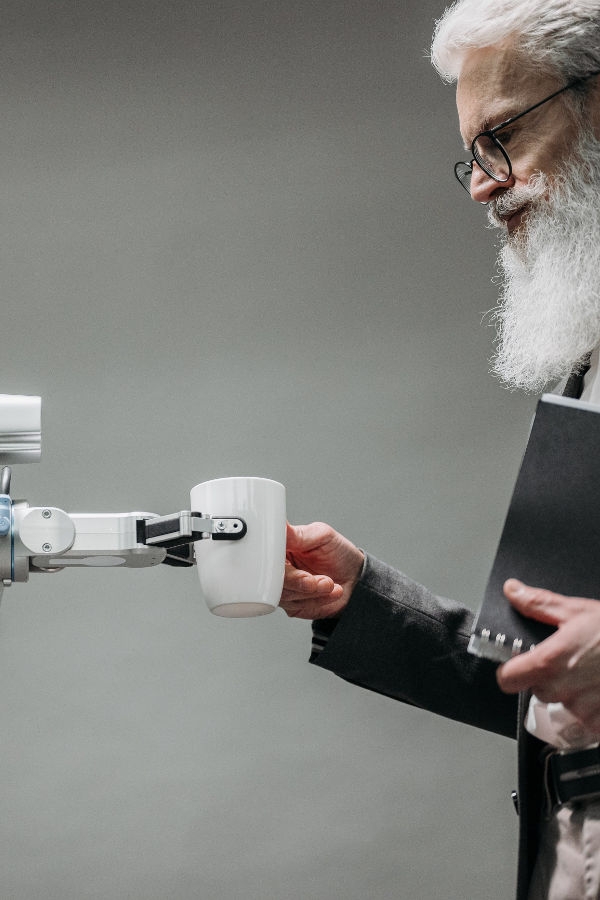يمكنك التسجيل في دوراتنا عبر الإنترنت في أي وقت:
- يرجى الاتصال بنا عبر الدردشة على هذا الموقع للاتفاق المسبق على تاريخ البدء المخطط لفصولك الدراسية لدورة تدريبية محددة عبر الإنترنت.
- مباشرة بعد الاتفاق المسبق ، قم بشراء دورات محددة متفق عليها عبر الإنترنت.
- بعد الشراء ، سنقوم بجدولة بدء فصولك الدراسية كما هو متفق عليه مسبقا ونقدم لك جميع التعليمات اللازمة.
راجع قسم "المشتريات والمدفوعات" (رابط) من "الشروط والأحكام" (رابط).
تحديث المعرفة والمهارات:
إذا تم طلب التحديث ، فإننا نفترض أن لديك بالفعل فهما جيدا للموضوع المحدد وسنركز على تحديث معرفتك في أسرع وقت ممكن. سوف تتلقى نفس التعليمات أو أكثر إيجازا وتمارين أقل استهلاكا للوقت ، ولكن أكثر تقدما. سيسمح لك ذلك بالمضي قدما بوتيرة أسرع في بعض الأحيان ، وبالتالي يوصى به عندما تكون هناك مواعيد نهائية ضيقة.
تعلم مع المعلم الشخصي:
إذا تم طلب التعلم مع مدرس شخصي ، فإننا نضمن أن نفس المعلم المخصص سيراقب عن كثب تقدمك في الدورة التدريبية أو الدورات التدريبية المحددة عبر الإنترنت التي تم طلب المعلم الشخصي لها. يوفر هذا دروسا أكثر دقة وخصوصية للطلاب وشخصية للغاية: التعليمات والتحفيز وتوضيح المفاهيم والمساعدة في تعزيز التعلم. ومع ذلك ، قد تستمر الدروس الخصوصية الشخصية بوتيرة أبطأ بسبب تحديات الجدولة التي نواجهها في ذلك الوقت ، وبالتالي يوصى بها فقط عندما لا تكون هناك مواعيد نهائية ضيقة.




